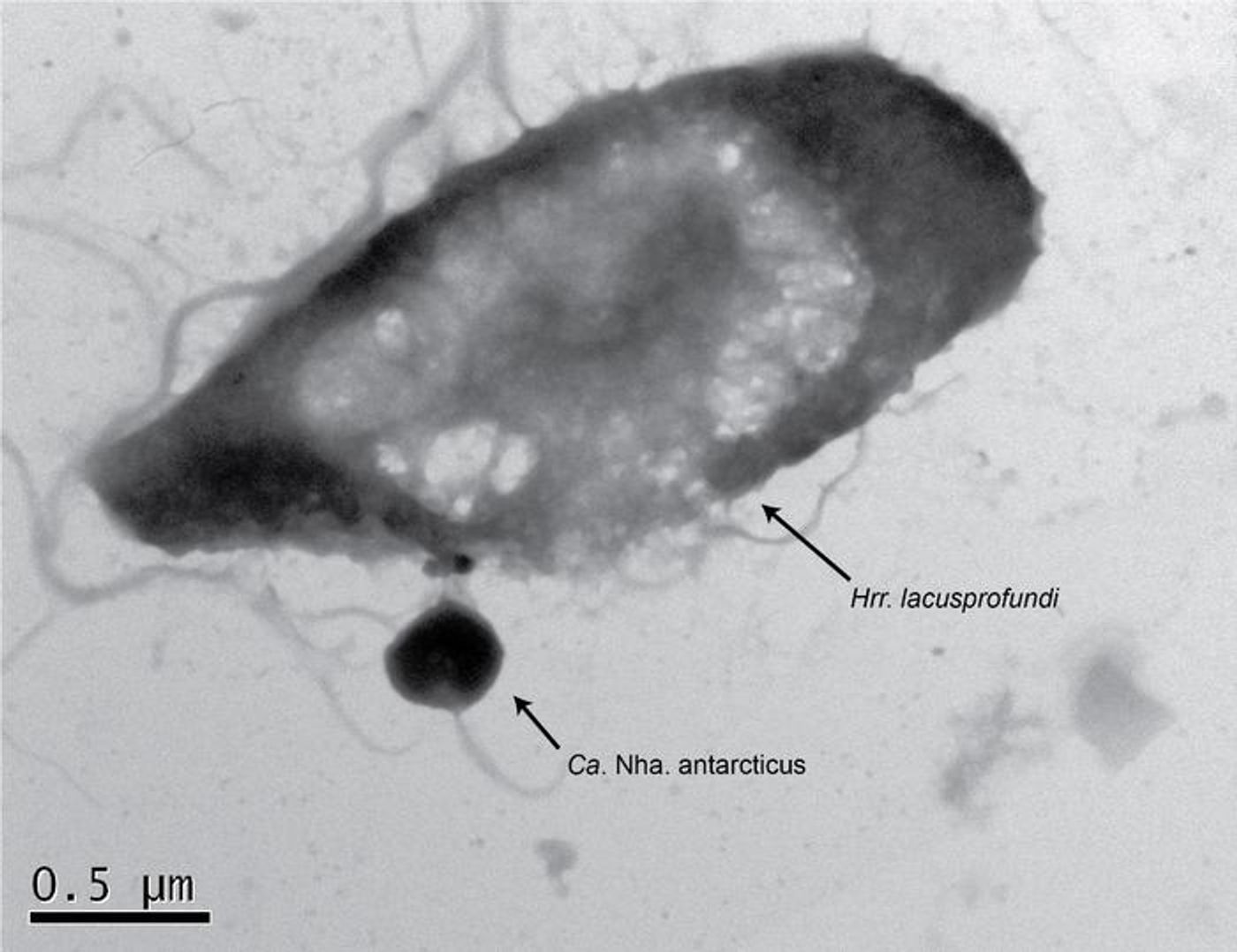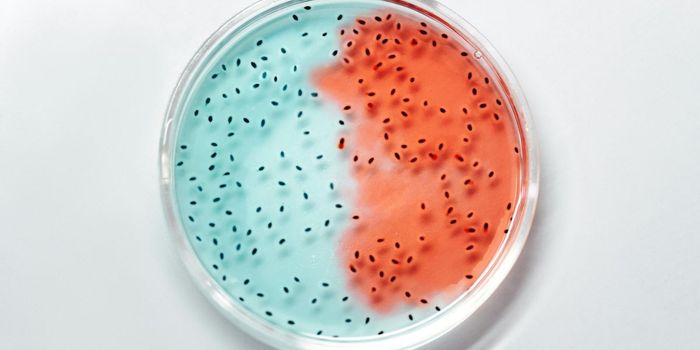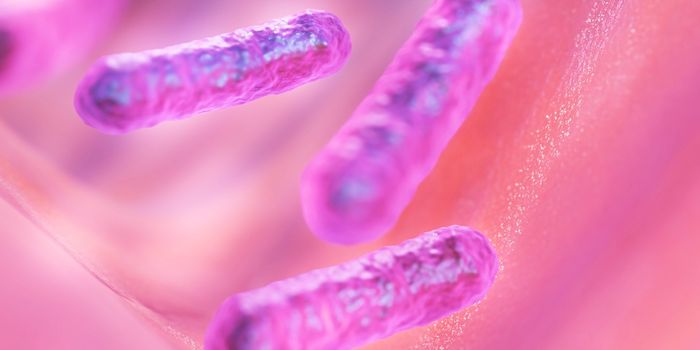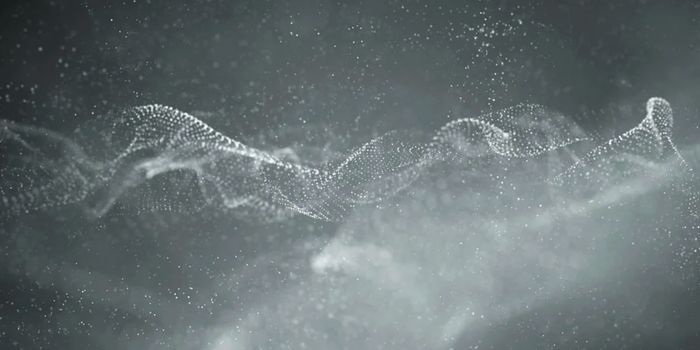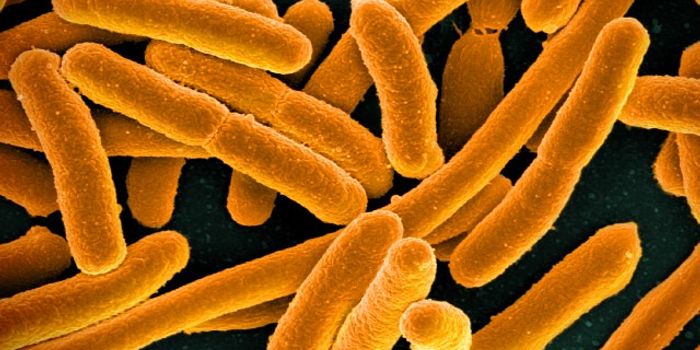Some Ancient Microbes are Hostile Predators
The microorganisms on Earth have managed to find a home nearly everywhere, even in what seems like the most inhospitable of places. There is a lake in Antarctica with levels of salt that are so high, it prevents the lake from freezing even during -20º Celsius (C) winter temperatures. Scientists have now collected microbes that thrive in this habitat, known as Deep Lake. They have now learned more about these microorganisms, which are part of a branch of life known as archaea. The findings have been reported in Nature Communications.
The study has shown that these archaeal microbes are like predators that attack and kill host cells, which seem to be other, larger archaeal cells. Archaea are not as well understood as organisms on other branches of life, such as bacteria or eukaryotes, noted study co-author Dr. Yan Liao of the Australian Institute of Microbiology and Infection. They were only discovered around the 1970s.
"They are widespread and play a crucial role in supporting Earth's ecosystems," and they can, "provide clues about the evolution of life on Earth, as well as how life might exist on other planets, added Liao. "Their unique biochemistry also holds promising applications in biotechnology and bioremediation."
Archaea have been found in all types of environments, including extreme locales like acidic, boiling, hot springs, hydrothermal vents deep under the ocean's surface that can each temperatures over 100°C, and extremely salty waters such as the Dead Sea, added Liao.
There are a subgroup of archaea known as DPANN archaea that have very tiny genomes. They are much smaller than other archaea, and with their small genomes, their biological capabilities are limited. Thus, they need other microbes to survive, and they behave like parasites that use other microbes, especially bigger archaea. The parasitic archaea in this study are known as Candidatus Nanohaloarchaeum antarcticus, while the host cells are called Halorubrum lacusprofundi. They can be seen in the photo above.
"This is the first time such aggressive behavior has been observed in archaea. In many ways, the activity is similar to some viruses. It leads us to reevaluate their ecological role in the Antarctic environment," said corresponding study author Dr. Joshua Hamm from the Royal Netherlands Institute for Sea Research.
When it comes to studying archaea, one major challenge cane that they are difficult to grow in the lab. But in this study, the investigators overcame that problem. They also used other novel methods such as new staining techniques along with microscopy tools to visualize the insides of the host and parasitic cells.
These predatory microbes can still serve a crucial function in the ecosystem, noted study co-author Associate Professor Iain Duggin, from the Australian Institute of Microbiology and Infection. When their hosts die, the remnants can sustain other organisms. Hosts are also prevented from hoarding nutrients.
"The DPANN archaea we investigated appear to play a much more significant role in ecosystems than realized. A parasitic or infection-like lifestyle of these archaea may be common," said Duggin.
Sources: University of Technology Sydney, Nature Communications
